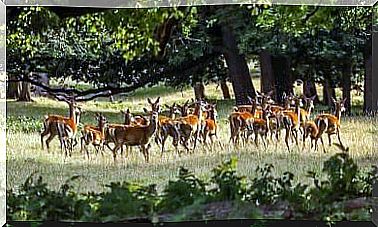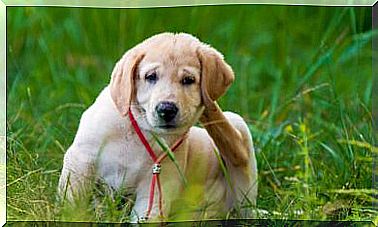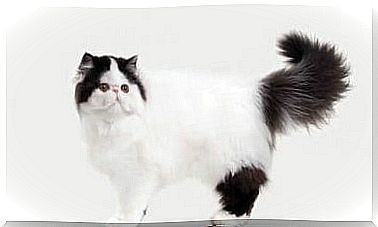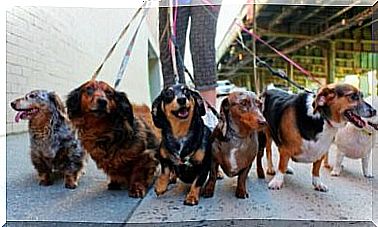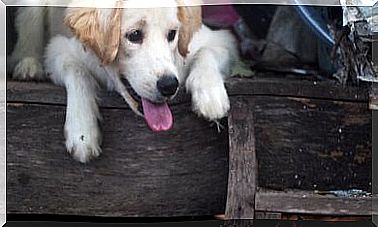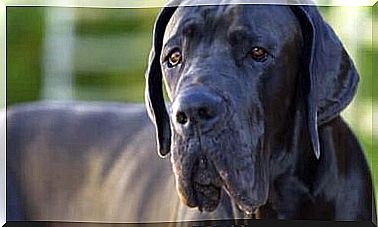What Do The Busy Ants Eat?
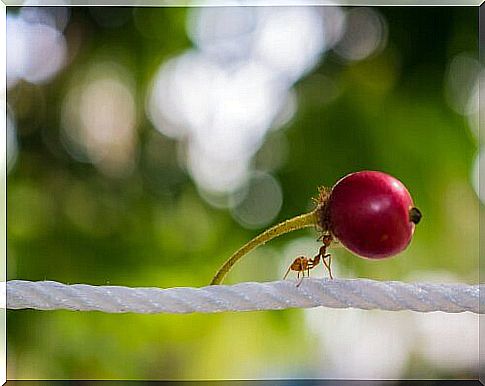
The hard-working ants can be found almost everywhere in the world. They are very adaptable insects that eat a wide variety of food that can vary depending on the environment and time of year.
This benefit was fundamental to their survival and the expansion of their population. We then analyze in more detail what is on the menu of ants and why their food promotes their adaptability.
Interesting facts about the hardworking ants
There are currently around 14,000 different species of ants known to be at home on all continents except Antarctica. These insects form the extensive and very diverse family of Formicidae, which belongs to the order of the hymenoptera.
Like other insects, the hard-working ants have an exoskeleton. Your body is divided into three parts, which are clearly differentiated: head (caput), mesosoma (chest area and the first abdominal segment) and metasoma (which is made up of petiolus and gaster, the second and third abdominal segment).
However, ants also have specific morphological characteristics that set them apart from other insects. These include the knotted antennae, the clear constriction of the gastrointestinal tract and the presence of metapleural glands.
However, there are big differences between the individual ant species in terms of their size and appearance. Smaller species can be only two millimeters in size in adulthood, but there are also ants that can grow to more than 25 millimeters.
Mostly dark colors such as black, brown or gray dominate.
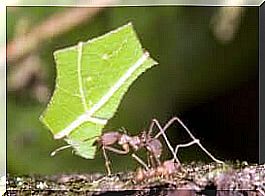
What do the busy ants eat?
Ants are omnivores and have a very varied diet: they can eat almost anything they find in their environment. Not only do they catch prey, they also collect leaves, herbs, seeds, pieces of fruit, vegetable scraps, grains, mushrooms or even carrion meat.
Some species of ants hunt in large groups: They make collective attacks on their victims, which enables them to prey on larger animals. There are also poisonous ants that paralyze their victims with their venom. You will then have time to gradually cut them up and put the pieces in the anthill for safekeeping.
What exactly the hard-working ants eat depends on their species, their habitat and also on the season. Ants, which are at home in cold climates with harsh winters, acquire sufficient supplies to have enough food even in the barren winter time.
The ability to adapt to a varied diet was fundamental in the global expansion of the ant population. These insects have adapted to practically all ecosystems and microclimates. They are very resistant and flexible.
Since they are omnivores, they can also adapt perfectly to areas of life that are changed by us humans. They often build their anthills near or even inside a building. As they pick up human remains, there is plenty of food available to them.
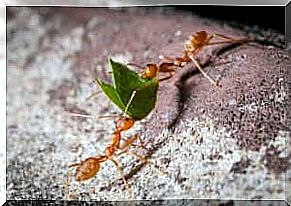
Eusociality and nutrition of the hardworking ants
One of the most fascinating curiosities about ants is eusociality. This is the organization of the most complex society we know in all of the animal kingdom. This particular form of social behavior is based on castes.
Eusociality can mainly be observed in insects (bees, wasps and ants), but is also present in a few crustaceans and in the naked mole rat.
In order to survive, the hard-working ants build their nests, which are usually referred to as anthills. Inside is the ant colony, which is divided into three different castes: the kings stand above the soldiers and worker ants.
- The queen is the great mother and leader of all the other ants in the state. Their most important task is to pass on their genetic material in order to guarantee the survival of the species.
- The soldier ants are responsible for the protection and defense of the ant state. They repel enemies who want to invade the nest.
- The worker ants do the basic work of maintaining the community. Their main function is to collect food for all members, including the queen. Not only do they look for and transport the food, they also maintain the anthill and raise the larvae.
